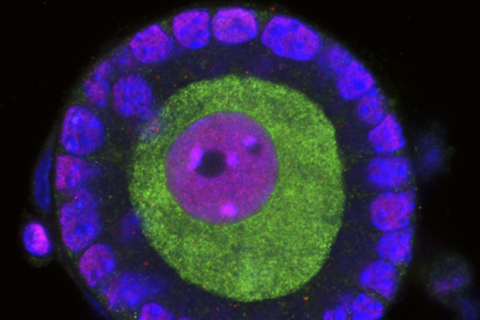
Shortly before birth, there is an important mechanism that slows the growth of the placenta. Using genetically modified mice, we found that a molecule associated with pre-eclampsia in humans also controls this process. As only mammals have a placenta, this could not have been discovered any other way.

We used a harmless genetic marker to isolate germ cells from mice and study their genomes. This showed that some modifications occurring in our DNA during our lifetime can be transmitted to the next generation even though most of them are erased. This could not have been done without following the DNA from one generation to the next in live mammals.